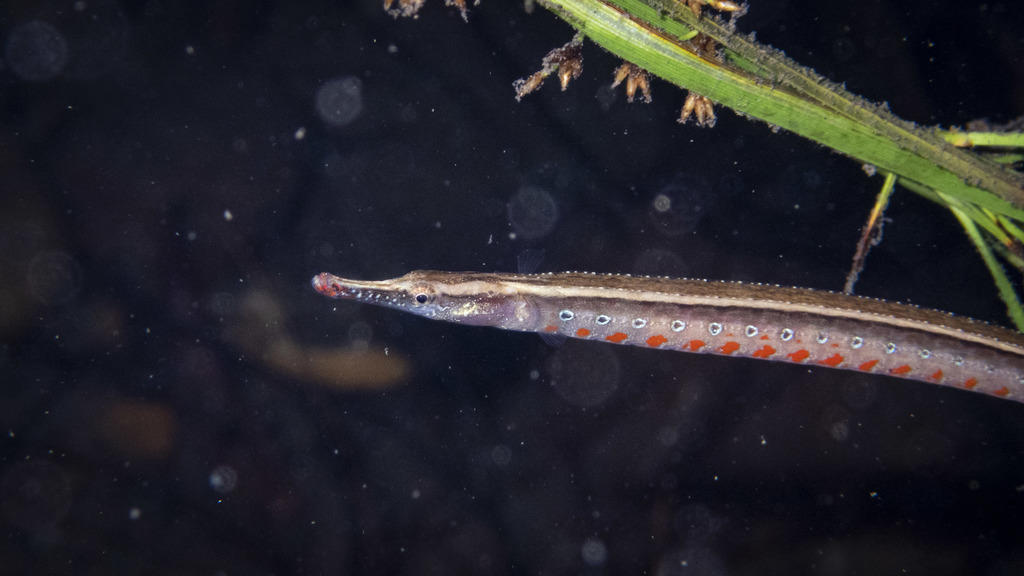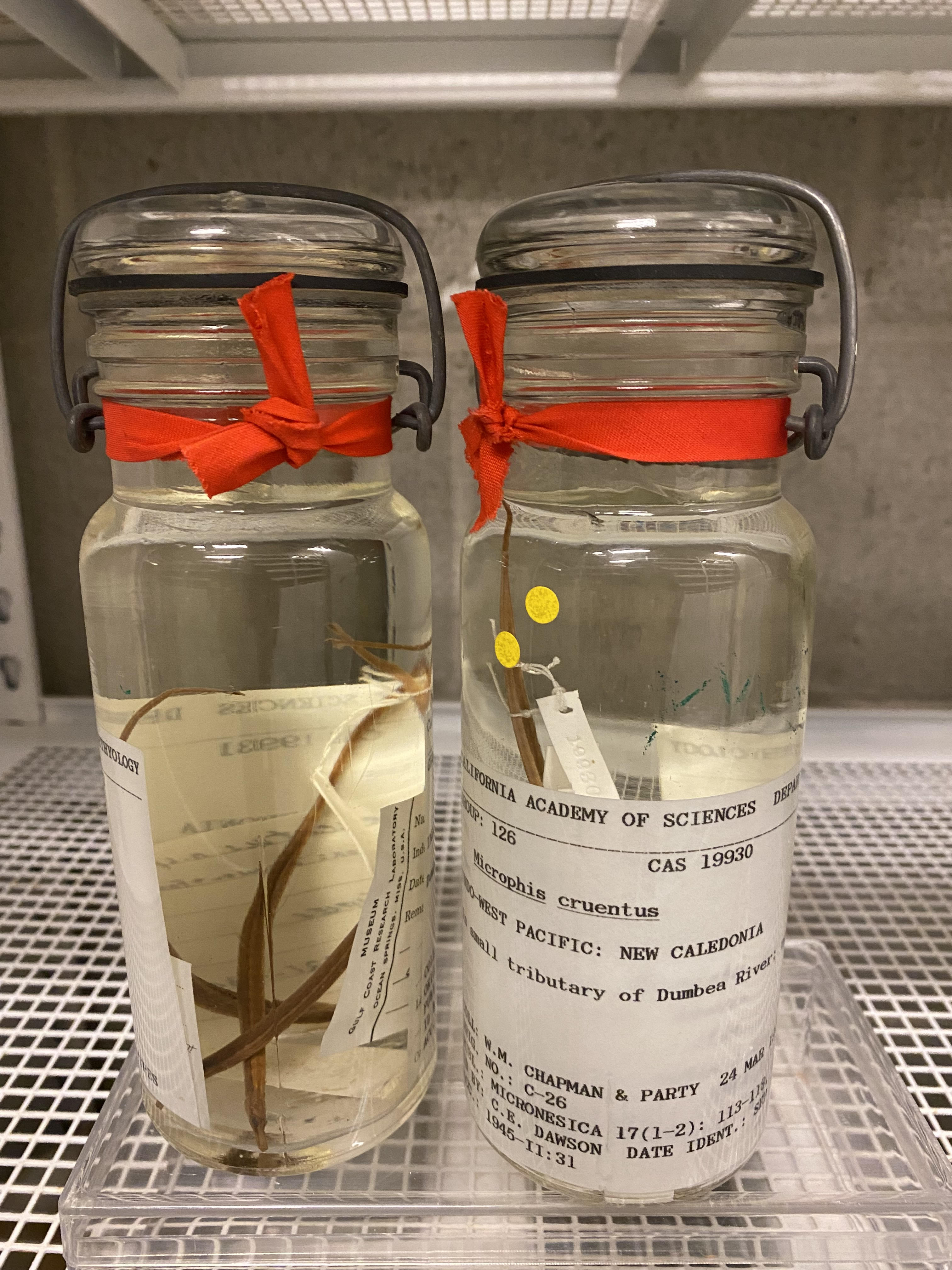Pride Month 2021 on iNat
To celebrate Pride Month this June and elevate LGBTQIA+ voices in the iNaturalist community (and the naturalist community more broadly), we’ve invited members of our community who identify as LGBTQIA+ to share their iNat stories. By creating this space, we hope that other members of our community can feel seen, heard, and realize that they're not alone.
We’re also co-hosting a virtual mixer organized by 500 Queer Scientists on June 17th, 6 pm PDT (see in your time zone) and some of the people featured in this blog post will be speaking. Those who identify as LGBTQIA+ and allies are welcome, you can register here!
Comments are closed for this blog post, but feel free to respectfully share your thoughts and experiences in this thread on the iNaturalist Community Forum.
Tchaylet Handel (Blue) (@trh_blue)
Pronouns: she/her
Before I could learn to accept myself as I was, I needed a community that did so. iNat provided me with that.
I grew up in an ultra religious community. Not so extreme as to be violent towards lgbt people, but deeply homophobic. Because of the expectations of conformity, it was a while before I even questioned my orientation. Even then, it still took me nearly three years to be ready to come out.
As I began to express my identity publicly, I became increasingly aware of how ostracized lgbt people were in the orthodox community. I eventually realized I couldn't stay. Not unless I wanted to spend my entire life miserable, hiding the truth.
I was desperately lonely. I no longer could face my peers at synagogue, I'd broken up with my first girlfriend not long before. I was injured and traumatized from my recently completed military service, and couldn't hold down a job. I was just trying to find something to do with my time. I always loved science, and nature, and found iNat in the app store by chance.
The Israeli community was responsive, even identifying the garden plants which made up most of my starting observations. I soon found the forum, where I was able to engage in conversation with iNatters from around the world.
It wasn't long before I started on my first IDs, due to the clear need for them and encouragement from other users. Over time, I began to spend more and more time here.
I'm not lonely any more. I've got many friends whom I've met through iNat. I spend a lot of time identifying, trying to give back to a community which embraced me regardless of the difficulties I'd come through, my medical problems, etc.. Nobody here has ever shamed me for my sexuality, or my gender, neither for having been religious nor for currently being secular, nor for not yet having an academic degree. I can be respected for the work I do, for helping others. I'm grateful, because I've been rejected from many spaces for each of those reasons. But never here.

Abhas (@abhasm)
Pronouns: he/him
As a child, my grandfather instilled within me a fascination and awe for the natural world. An ornithology and botany professor in India, he would take me with him to parks and natural areas when he’d go birdwatching.
But once I moved to the US, I never saw any biologists who looked like me. And to my family, non-medical biology was a risky and completely unknown career option. In spite of the struggles it took to get there, I studied ecology and organismal biology in college and became a wildlife biologist after graduating. I felt so aligned with my purpose– I’d get to go to the field looking for birds at 6am, and often it didn’t even feel like work!
Now at iNat, I’m so grateful to be able to design products that help people build their own connection to nature. I realized that I was lucky– not everyone has someone to help facilitate that connection, especially folks from marginalized backgrounds who grow up learning “nature isn’t for me.”
Throughout my journey as a naturalist, I’ve often found myself to be one of few, if not the only, people of color and/or queer people in a room. When I speak up or work in these spaces, I always try to remember that everyone, regardless of who they are and where they come from, deserves to feel like nature is for them. I hope that through iNat and Seek, we can help all people feel that they can form their own connections to the natural world.
Sequoia sempervirens (chose not to share share their name or iNaturalist username)
Pronouns: she/her
Nature has been a fun escape for me in a way ever since I was young. I used to look at the stars with telescopes for most of my childhood before trading astronomy for birding around the start of high school, which gradually turned into naturalisting before I started college. iNaturalist was my gateway to everything that wasn’t a bird, since weeds and insects I didn’t know how to start identifying suddenly were put to species due to the help of others. By around the middle of my first year of college, I became a power iNatter, quickly jumping from a little under 10000 observations at the end of my 1st semester to over 75000 today at the end of my 6th. During the time I was on iNaturalist and a bit before, I met the oddly large queer naturalisting community and quickly realized through it that I was queer myself. I therefore have naturalisting (and to a large extent iNaturalist) to thank for helping me feel more authentic in living than before.

Kai Joaquin (@nanofishology)
Pronouns: fe/fin/fizz
I grew up surrounded by nature. My fondest childhood memories involve looking for bugs in my backyard in Seattle. As an adult, I began photographing interesting flora and fauna everywhere I went, and after moving to Texas in 2013, I developed a full-on obsession. For two years, I struggled to identify all the new plants and animals I came across, until I fortuitously participated in a bioblitz at Village Creek State Park, where I first learned to use iNaturalist.
Since that bioblitz, iNaturalist has been instrumental in my growth as a naturalist, science communicator, and mentor. Through iNaturalist, I have found a wonderful community of other naturalists, with whom I have had great experiences doing bioblitzes all over Texas. With the knowledge I've gained, I've become an adept hobby entomologist and birder. I have come across amazing species and behaviors while going on iNat adventures around the world, and have fostered an appreciation for insects in others by sharing these discoveries.
I am a mentor for a group of LGBTQ+ folks in science, and my skills with field research and biology have proven to be a valuable supplement to my career in engineering in terms of my ability to provide guidance to a majority of these students and young professionals.
We hope to highlight more voices, so if you’d like to be featured in a second blog post later during Pride Month, you can email your iNat story to help+pride@inaturalist.org
.


























